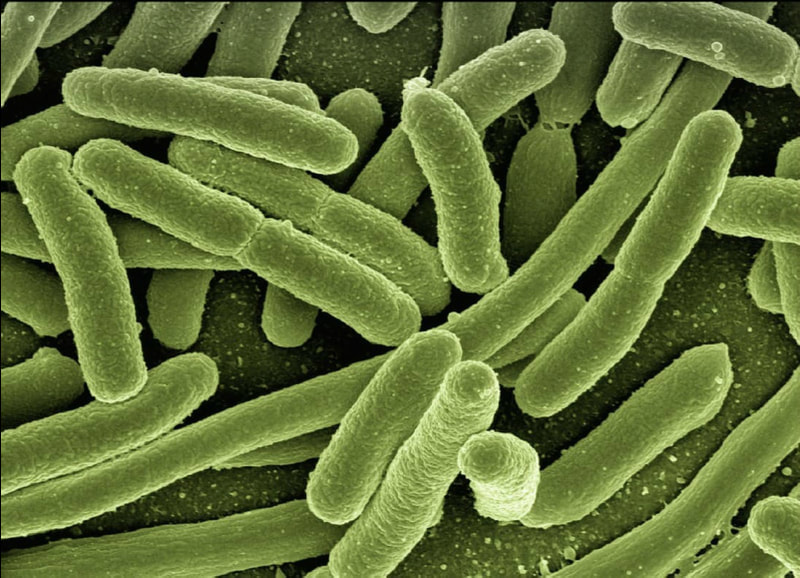The Effects of Unregulated Advertising on Children's Dietary Habits
YouTube, the second most visited site on the web, has become a major source of entertainment for children. The YouTube industry has grown to include incredibly niche content, but perhaps the most abundant area of content creation comes from kid influencers. Since these videos by kid influencers garner billions of views from other kids, these videos are especially attractive to advertisement companies. Food and beverage companies spend $1.8 billion dollars per year advertising their products to young children on YouTube. Because of this, researchers at New York University School of Global Public Health and New York University (NYU) Grossman School of Medicine explored the effect of product placement in children’s content.
Typically, children’s content contains product placements in fast food toy review videos, taste test videos, and so on. For example, a review for a McDonalds toy is accompanied with scenes displaying Fruit Roll-Ups, Frosted Flakes, Nesquik chocolate milk mix, and more all strategically placed to be “just noticeable.” In fact, in the video, a red Fruit Roll-Up is used as a replacement for tomato on his hamburger patty made of chocolate Rice Krispies. The NYU researchers examined a sample of 418 YouTube videos created by the five most popular kid influencers. They calculated the frequency of food or drinks featured in these videos and how many times they appeared per video. Forty-three percent of the videos contained food or drink product placements, and 97.6% of these product placements were for unhealthy brands or snacks like McDonald’s or hot dogs.
Typically, children’s content contains product placements in fast food toy review videos, taste test videos, and so on. For example, a review for a McDonalds toy is accompanied with scenes displaying Fruit Roll-Ups, Frosted Flakes, Nesquik chocolate milk mix, and more all strategically placed to be “just noticeable.” In fact, in the video, a red Fruit Roll-Up is used as a replacement for tomato on his hamburger patty made of chocolate Rice Krispies. The NYU researchers examined a sample of 418 YouTube videos created by the five most popular kid influencers. They calculated the frequency of food or drinks featured in these videos and how many times they appeared per video. Forty-three percent of the videos contained food or drink product placements, and 97.6% of these product placements were for unhealthy brands or snacks like McDonald’s or hot dogs.
Videos with product placements are dangerous to public health. They enable companies to directly promote unhealthy foods to young children who have limited cognitive abilities to recognize advertising, especially when it is in this subtle form of entertainment. Marie Bragg, the study’s senior author, explains people trust influencers because they appear to be “everyday people,” so when kid influencers eat certain foods, it may not seem like advertising when it most certainly is. Studies show that such a prominent presence of food advertisement is strongly linked to childhood obesity. Children who are exposed to food advertisements consume more calories than children who see non-food ads. In fact, experts have concluded that food and drink marketing on social media is one of the largest contributors to the 13.8% increase in childhood obesity rates from the mid-1970s to 2020.
Bragg and the other authors of the NYU study hope their research findings lead to a stronger, more consistent enforcement of regulation of junk food advertising by kid influencers. The study’s co-author Jennifer Pomeranz discloses their goal is to encourage the United States Federal Trade Commission (FTC) to focus on the alarming impacts of food and drink marketing and identify strategies to protect children and public health. Other experts outside of the NYU study have shared their views on the issue as well. Dr. Jenny Radesky, lead author of the American Academy of Pediatrics Policy Statement, argues that just because adult media is driven by ad revenue and captivating design does not mean that children’s media should be. The FTC reminds all influencers to clearly disclose their relationship with advertisers, but critics say this mandate is largely ignored and unenforced. Left unregulated, food and drink marketing in content targeted at youth may continue to harm the dietary and nutritional habits of children.
Bragg and the other authors of the NYU study hope their research findings lead to a stronger, more consistent enforcement of regulation of junk food advertising by kid influencers. The study’s co-author Jennifer Pomeranz discloses their goal is to encourage the United States Federal Trade Commission (FTC) to focus on the alarming impacts of food and drink marketing and identify strategies to protect children and public health. Other experts outside of the NYU study have shared their views on the issue as well. Dr. Jenny Radesky, lead author of the American Academy of Pediatrics Policy Statement, argues that just because adult media is driven by ad revenue and captivating design does not mean that children’s media should be. The FTC reminds all influencers to clearly disclose their relationship with advertisers, but critics say this mandate is largely ignored and unenforced. Left unregulated, food and drink marketing in content targeted at youth may continue to harm the dietary and nutritional habits of children.
Featured Image Source: Pixabay
RELATED ARTICLES
|
Vertical Divider
|
Vertical Divider
|
Vertical Divider
|






